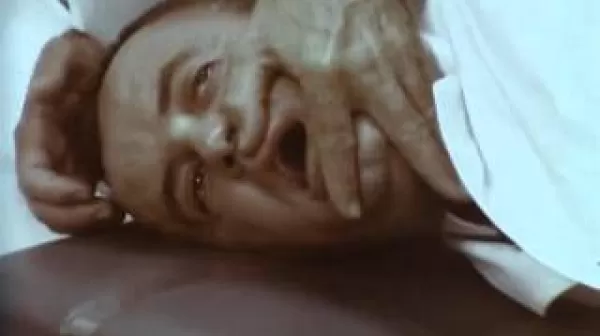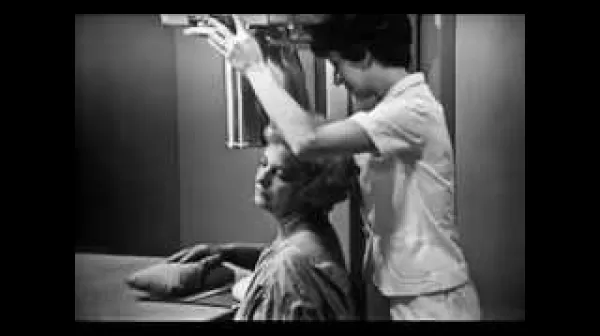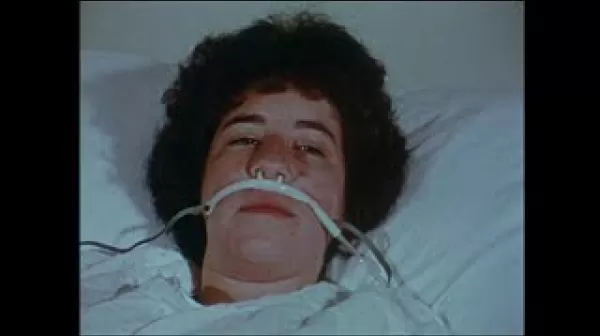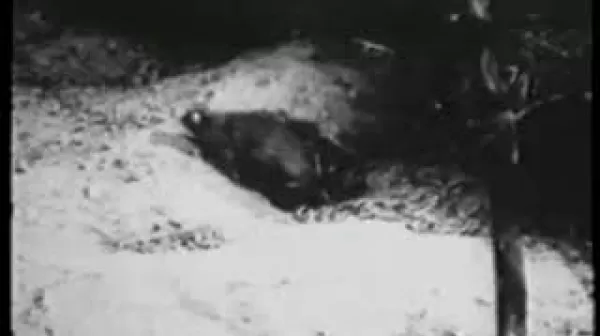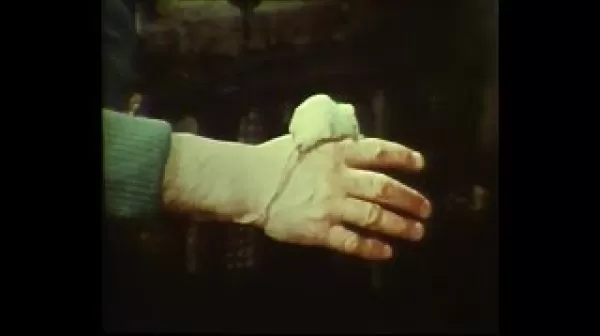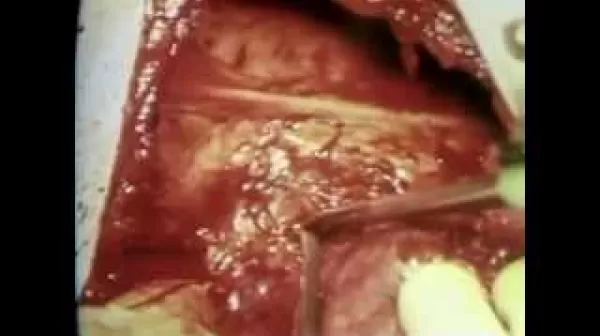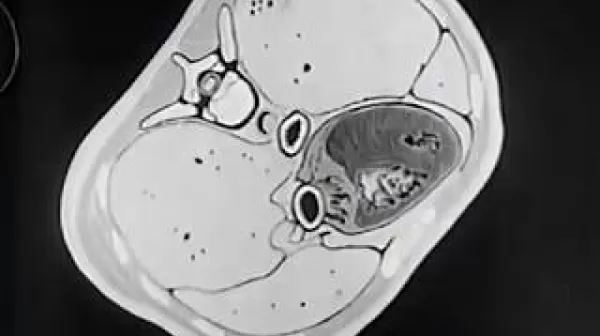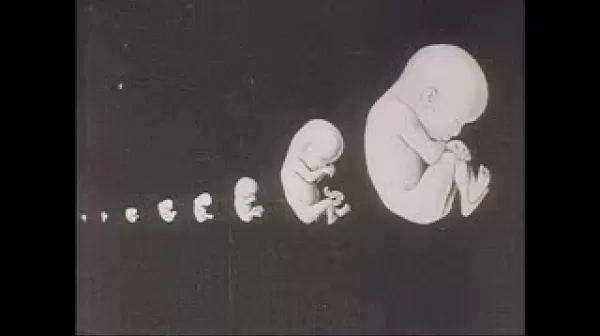Hands of Action (American College of Surgeons, 1967?)
This film depicts a doctor instructing ambulance attendants in emergency medical care. Using layman’s language and graphic handling, the following are covered: blocked airways, bleeding, open wounds, and broken bones. The doctor briefly describes the nature of the respiratory and circulatory systems, the danger of infection from open wounds, and the types of broken bones which attendants might encounter.

